10 Hidden Details You Never Noticed About Final Fantasy 9
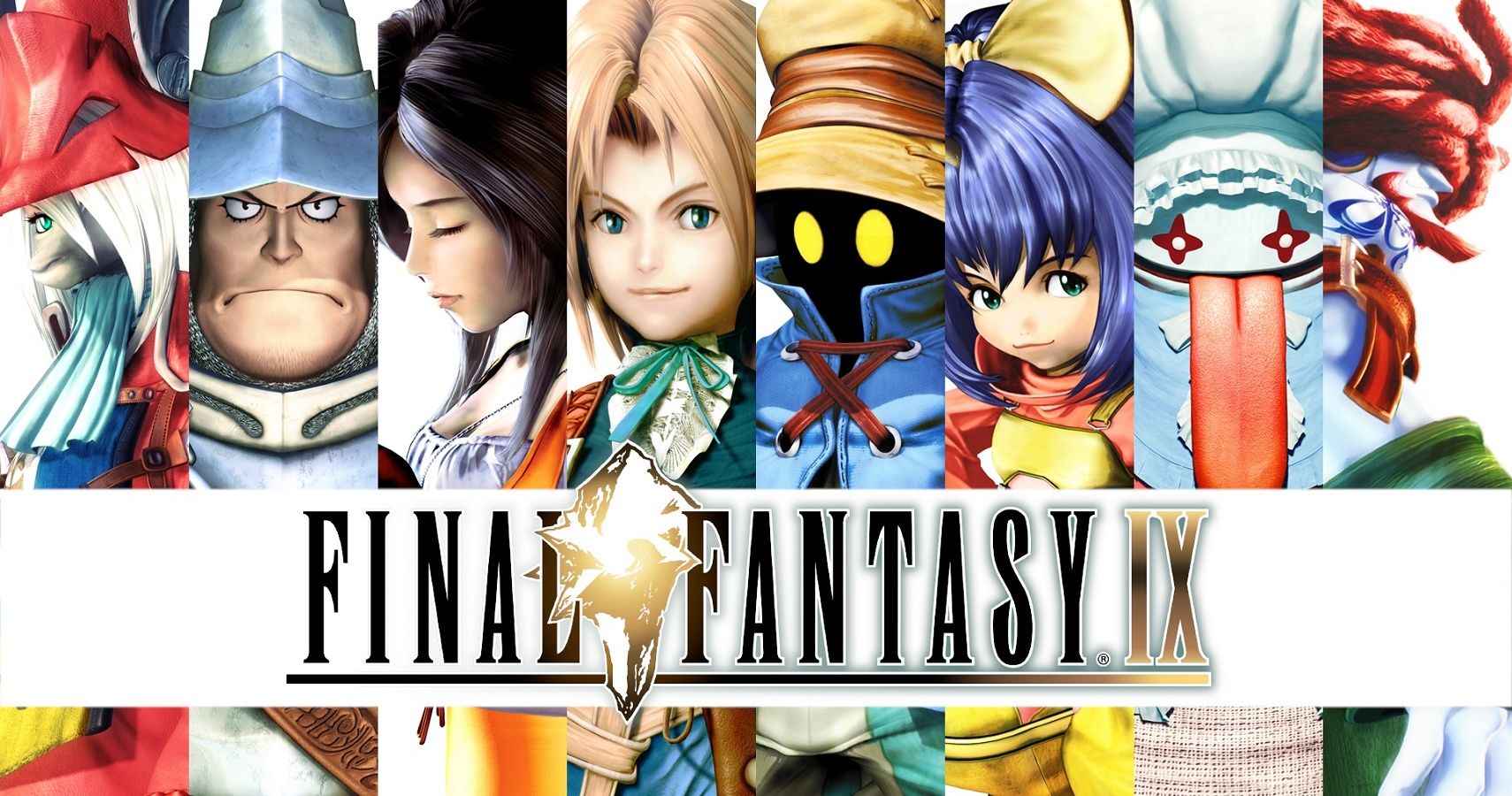
Final Fantasy 9 is a firm fan-favorite within the Final Fantasy community and it is one of the most critically acclaimed titles in the series, receiving a Metacritic score of 94/100, the highest out of the entire franchise. The game's producer, Hironobu Sakaguchi, has been stated as saying that Final Fantasy 9 best fits his idea of what an "ideal" Final Fantasy title should be.
Though the game has been out for two decades now, having originally released back in 2000, there's bound to be a thing or two that you didn't know about this popular PlayStation 1 title. Be warned, there are spoilers ahead.
10 Announcement
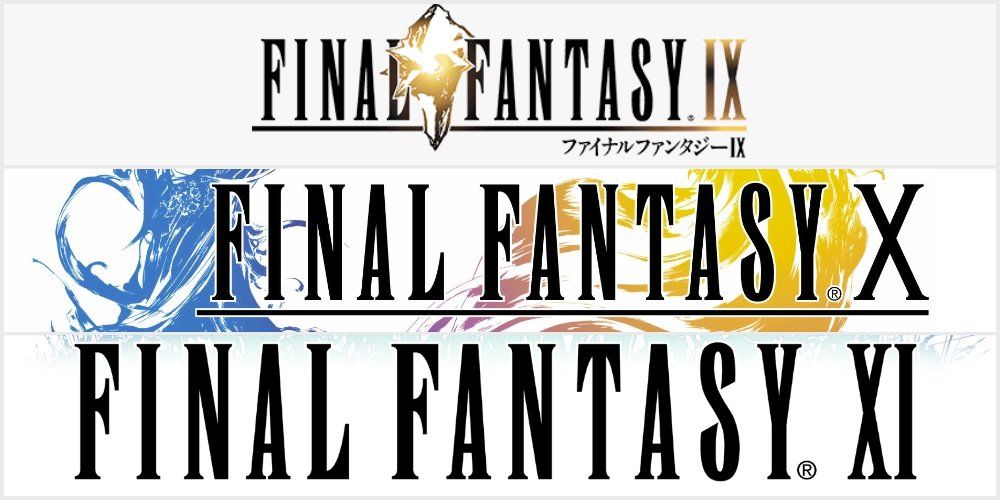
In an unusual move, Final Fantasy 9 was announced alongside two other numbered titles, Final Fantasy 10 and Final Fantasy 11, during the Square Millennium event. All three games were developed simultaneously, with the development teams split between Japan and Hawaii.
The goal was to deliver three very different experiences for fans. Final Fantasy 9 offered the classic, retro RPG for the PlayStation 1, Final Fantasy 10 offered the benefits of all new graphics and the evolution of the series to the PlayStation 2 system, while Final Fantasy 11 offered fans of the franchise a new experience with the series' first MMORPG.
9 Releases
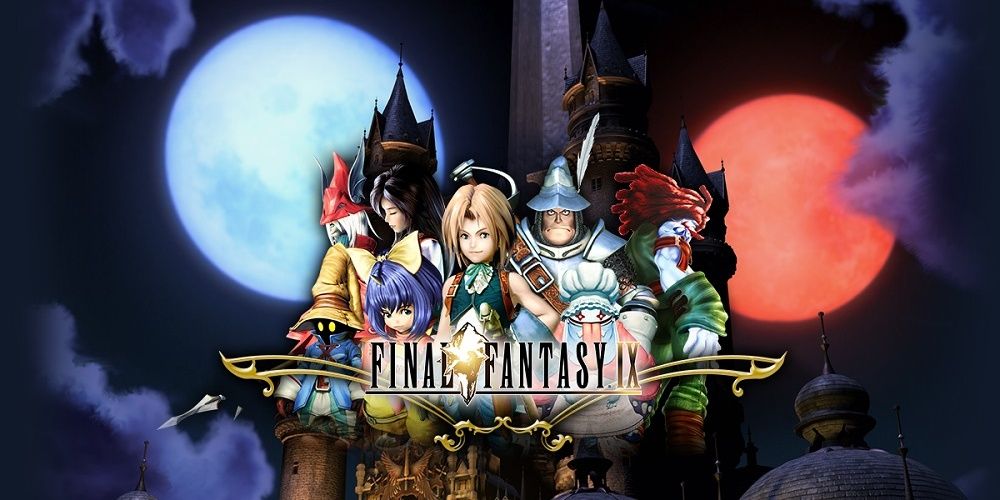
Final Fantasy 9 originally launched on the PlayStation 1 in 2000 and it was so successful that there were plans to remake it for the PlayStation 2 in 2001, but regrettably, these plans never came to fruition. The game was later released digitally on the PlayStation Network in 2010, making it playable on the PlayStation 3 and the PlayStation Portable, before getting PlayStation Vita support in 2012.
In 2016, Final Fantasy 9 was ported to PC and mobile with enhanced graphics and other various game improvements. This same port was released for PlayStation 4 in 2017, before being added to Xbox One and Nintendo Switch in 2019.
8 Development And Inspiration
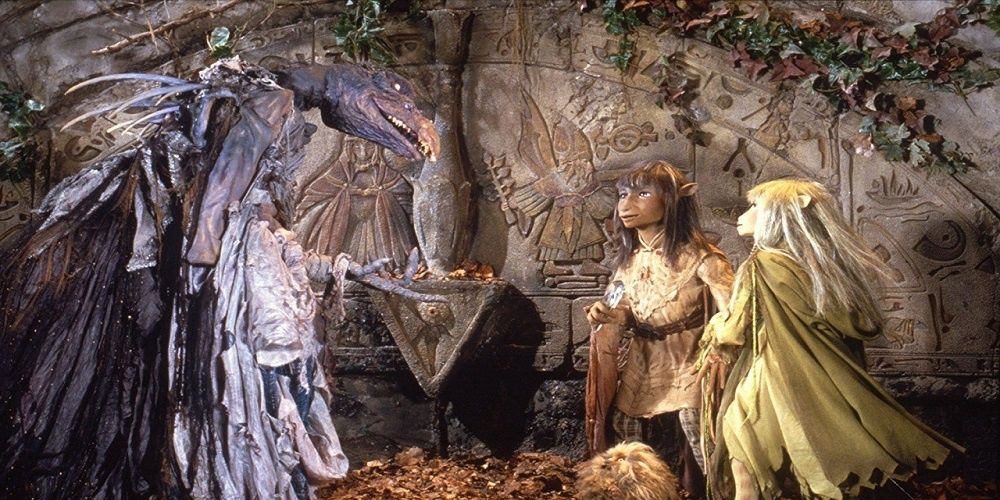
Final Fantasy 9 was developed by the now-defunct Hawaii-based Square branch, with the game's producer Hironobu Sakaguchi aiming to return the franchise to its more classic fantasy roots, rather than the more modern setting that its two PlayStation 1 predecessors had adopted.
There was a time during the early conceptual stages that Sakaguchi believed the game would not be released as a main numbered title, releasing as a Gaiden title instead, in case the shift from realism back to fantasy alienated fans. Additionally, the fantasy film The Dark Crystal from 1982 was reportedly a massive influence on the creation of Final Fantasy 9, particularly influencing the design of the world in being more fairytale-like.
7 You Can Annoy The World Map Moogle
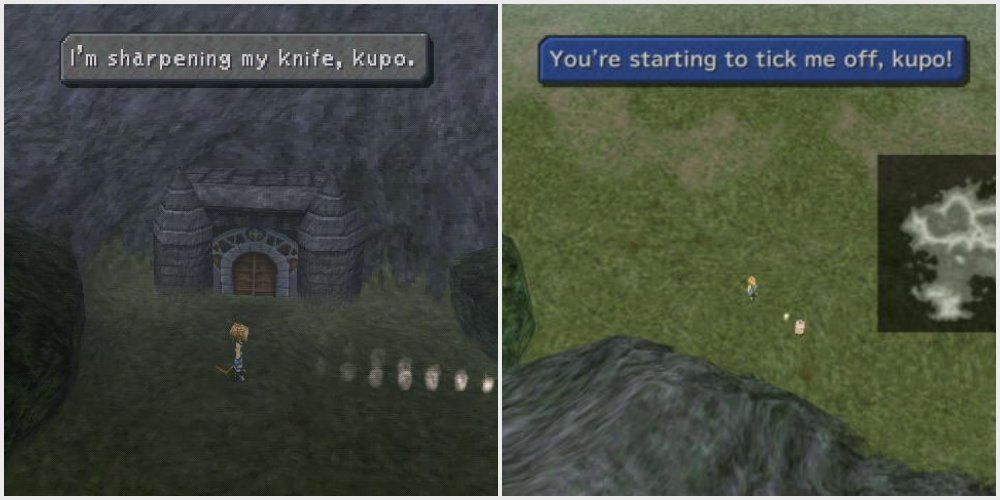
During your adventures, you are able to call a moogle to the world map by using the Moogle Flute item, which then allows you to save your game or use a tent to rest your party. Calling the moogle and then not using his services tends to annoy the little guy and he will tell you not to call him unless you need him.
Calling him repeatedly and immediately sending him away without using him will really begin to take its toll on the moogle and he gets extremely irate. This was something players stumbled across in the original PlayStation 1 title, while in later versions doing this now earns players an accolade, unlocking the "One Nag Too Many" trophy/achievement.
6 Number 9
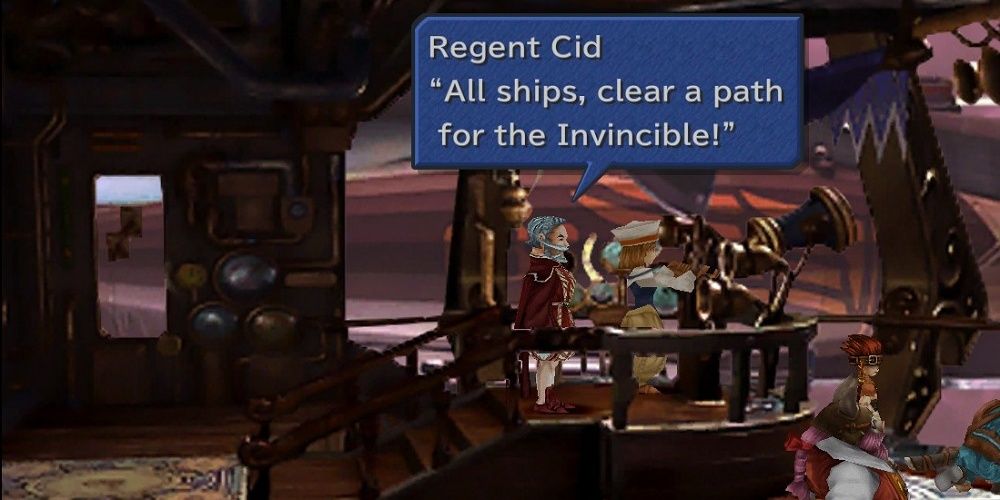
Final Fantasy 9 decided to emphasize its position as the ninth major title in the franchise by using the recurring theme of the number nine throughout the game. For example, Regent Cid Fabool IX is the ninth of his name, there are nine Knights of Pluto and at the time of the game's release, Pluto was still considered to be a planet and the ninth one at that.
Additionally, one of the early treasures of the game is "9 Gil", 99 couples have been wed at Conde Pete before the characters arrive, Vivi is believed to be nine years of age (despite actually only being a few months old), and there are nine boss battles in the final dungeons. There are numerous other allusions to the number nine within the game.
5 Music
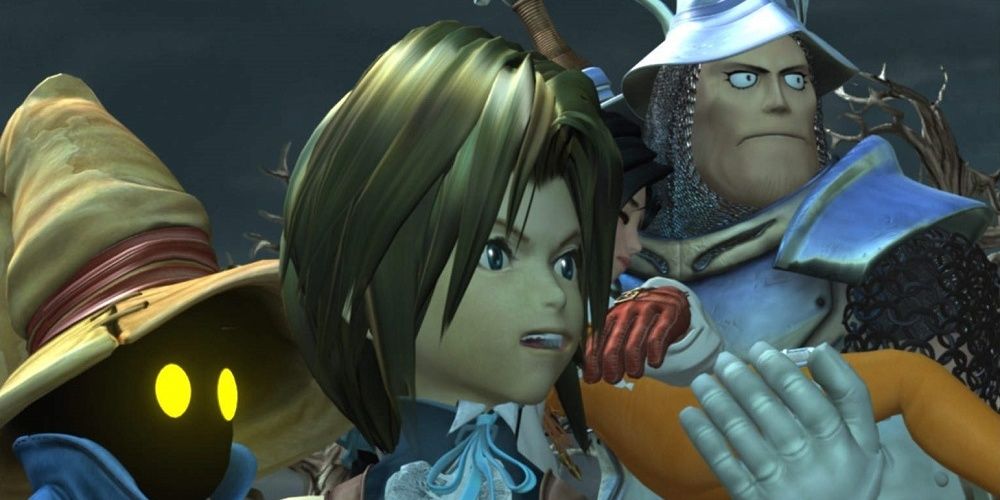
Final Fantasy 9 was the final title in the franchise to have its soundtrack solely composed by legendary composer Nobuo Uematsu, who has said that Medieval music heavily influenced his score for the game. This title boasted a total of 110 tracks on its release, with an additional 42 being added in the release of Final Fantasy IX Original Soundtrack PLUS.
Uematsu has stated that the Final Fantasy 9 score and game were his favorite project to date. A lot of the songs within the game mirror the theme of the J-pop ballad titled "Melodies of Life". This song was composed by Uematsu and sung by Emiko Shiratori for both English and Japanese versions.
4 Characters
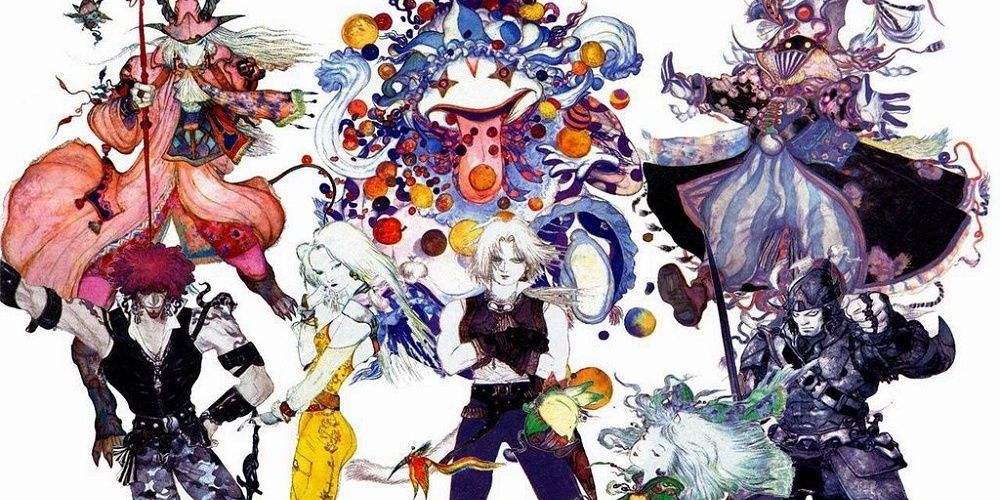
Out of all of the Final Fantasy titles in the series, Final Fantasy 9 offers the most diverse cast of characters. It features only two humans in its line-up of eight normal party members, and a total of four human characters being playable throughout the entire game when you include temporary party members.
There are eight party characters featuring seven different races overall, which allows players to experience different gameplay styles and classes, as well as offering in-depth lore and plot points for the various characters and their origins.
3 Themes
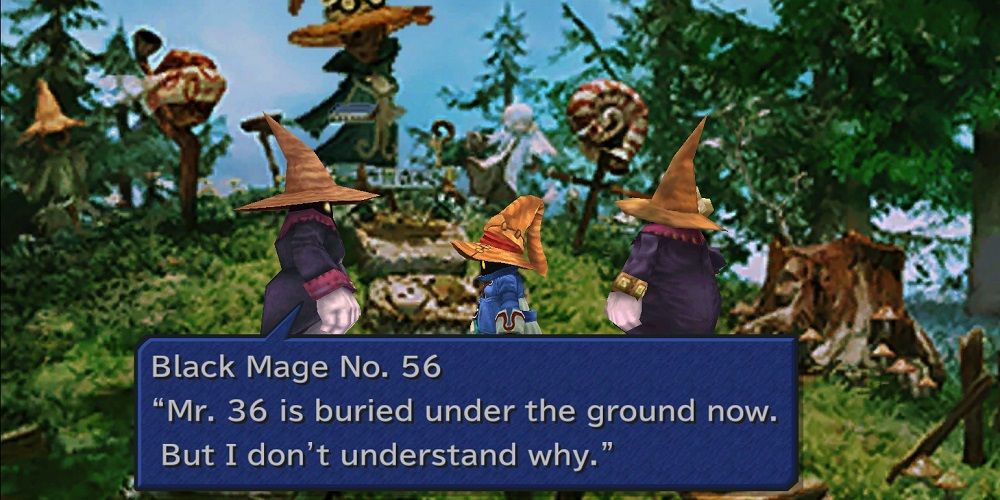
There are a couple of different themes within Final Fantasy 9 and arguably, it features one of the deepest themes in the franchise. As well as bringing back the theme of crystals that was more prevalent in early Final Fantasy titles and incorporating the recurring "number 9" theme, the game mainly focuses on a clear theme of life and death throughout.
This theme is best represented through the character of Vivi, who undergoes an existential crisis about his lifespan, existence, and the purpose of life. Kuja is another character that follows this theme as he also struggles with his mortality. Another common theme in the game is the idea of memory, generally linked to the idea of death and how people live on in the memories of others.
2 References To Other Final Fantasy Titles
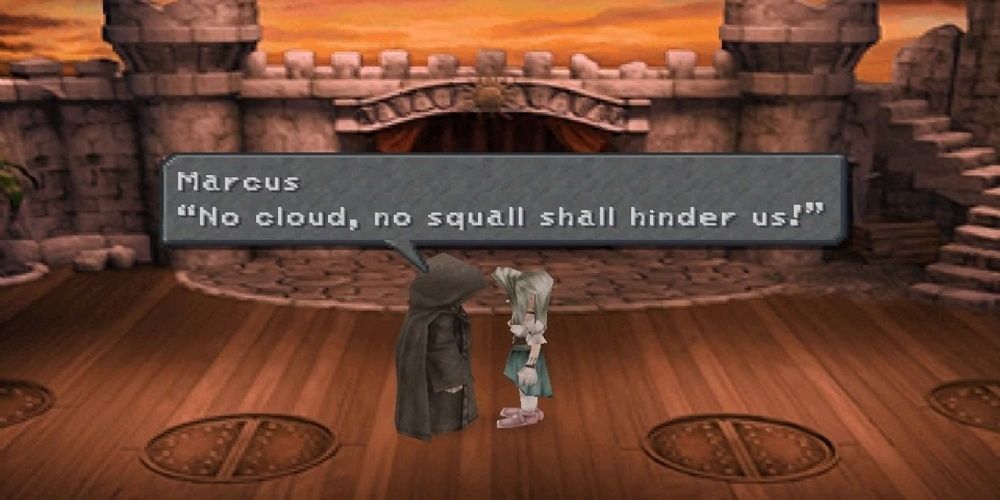
Final Fantasy 9 is like a love letter to older Final Fantasy titles, not only taking the setting back to a truer fantasy setting but also re-emphasizing the crystal theme that had wavered in more recent releases. The game also makes its characters very similar to the classic design of Final Fantasy jobs, with Vivi being the generic Black Mage, Dagger wearing the White Mage robe, and more.
The game features many references to other Final Fantasy titles, such as the Tanatulus Band playing Final Fantasy 7's "Rufus' Welcoming Ceremony" song. In the theater play near the end of the game, there is also the line, "No cloud, no squall shall hinder us!", paying homage to the previous two protagonists. There are many other references hidden throughout the game.
1 The Game Features Multiplayer
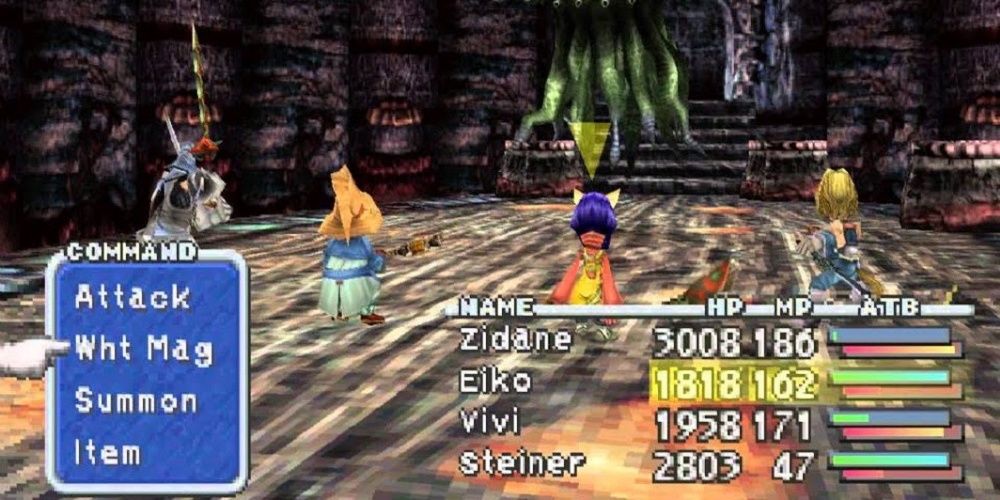
Unknown to many players is the fact that Final Fantasy 9 offers two-player co-op during its battle sequences. Plugging in a second controller allows another player to join the battle, with each player taking control of two of the four active party members.
This feature is inexplicably not mentioned in the instruction manual or strategy guide, yet is a nice little addition regardless if you happen to have a buddy on hand. Many players remember the days of early gaming where you and your friends would sit next to each other and share in the excitement, whereas now most co-op is done via online play.

Post a Comment